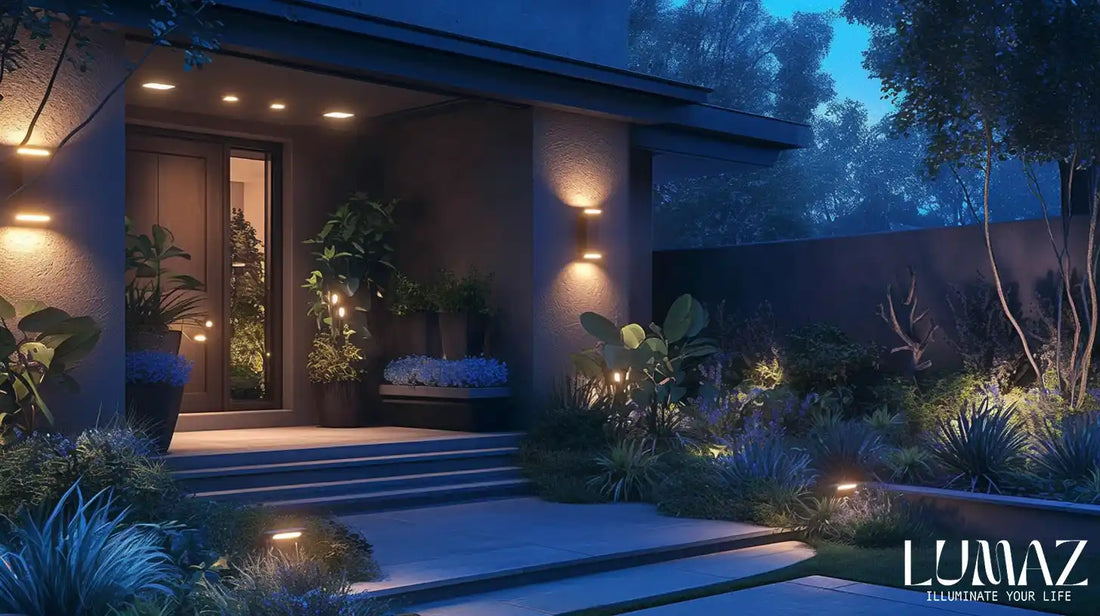
How Do I Choose the Best Outdoor Motion Sensor Lights?
Share
Outdoor motion sensor lights are becoming a staple in many homes, enhancing both security and convenience. Whether you're trying to illuminate a driveway, keep your property safe, or simply add some ambiance to your yard, these lights can make a noticeable difference. But with so many options on the market, how do you choose the best ones for your needs?
In this article, we’ll walk you through everything you need to know about selecting outdoor motion sensor lights—from understanding what they are, to choosing the right features, and even tips on installation. Let's dive into the details!
Table of Contents
- What Are Outdoor Motion Sensor Lights?
- Key Features to Look for in Outdoor Motion Sensor Lights
- Best Types of Outdoor Motion Sensor Lights for Different Needs
- Installation Tips for Outdoor Motion Sensor Lights
- FAQ: Common Questions About Outdoor Motion Sensor Lights
1. What Are Outdoor Motion Sensor Lights?

Outdoor motion sensor lights are lighting fixtures equipped with a sensor that detects motion and automatically turns on the light when it detects movement. These lights are typically used for security purposes, lighting driveways, pathways, and entrances, or simply as a deterrent to potential intruders.
How do they work? The sensor uses infrared or ultrasonic technology to detect changes in the environment. Once a person or vehicle passes within the sensor’s detection range, the light automatically turns on. After the motion ceases, the light turns off after a preset time delay, saving energy.
2. Key Features to Look for in Outdoor Motion Sensor Lights
When choosing the best outdoor motion sensor lights, you’ll want to consider several key features to ensure they meet your needs. Here’s a breakdown:
| Feature | Why It Matters | Ideal Option |
|---|---|---|
| Detection Range | The distance at which the sensor can detect motion. A larger range ensures more area is covered. | Look for a range of 30-50 feet, depending on your area. |
| Sensitivity | Allows you to adjust the sensitivity of the sensor to avoid false triggers from animals or wind. | Adjustable sensitivity is ideal for varied environments. |
| Lumens (Brightness) | Determines how bright the light will be when activated. Higher lumens mean brighter lights for better visibility. | Opt for 1,000 to 3,000 lumens depending on the size of the area. |
| Weather Resistance | Outdoor lights should withstand rain, snow, and extreme temperatures. | Look for IP65 or higher weatherproof rating. |
| Energy Efficiency | Energy-saving bulbs like LEDs are essential for reducing electricity costs and extending the lifespan of the lights. | LED lights are most energy-efficient and last longer than traditional bulbs. |
Choosing a motion sensor light with these features ensures the product will perform well in terms of security, durability, and energy efficiency.
3. Best Types of Outdoor Motion Sensor Lights for Different Needs
Not all outdoor motion sensor lights are created equal. The right choice depends on your specific needs. Here are some options to consider:
-
Floodlights
Floodlights are large, bright lights that are perfect for covering wide areas like driveways, backyards, or large entrances. They typically have a higher lumen output and can be adjusted to cover a broad area. For extra security, floodlights are an excellent choice. -
Wall-Mounted Security Lights
These lights are often more compact than floodlights and can be installed at various points around your property. Ideal for illuminating smaller areas such as doorways, garages, and walkways, they are a great option for security without being too overwhelming. -
Landscape and Pathway Lights
If you want to add both beauty and function to your yard, landscape lights are a good choice. These smaller, low-lumen lights are designed to accentuate landscaping features or light up paths while detecting motion to increase safety at night.
| Light Type | Best Use Case | Lumens | Pros | Cons |
|---|---|---|---|---|
| Floodlights | Large areas like driveways or backyards | 2,000 - 5,000 lumens | Wide coverage, very bright | Can be too bright for smaller areas |
| Wall-Mounted Security Lights | Entrances, garages, smaller spaces | 500 - 2,000 lumens | Compact, great for focused lighting | May not cover large areas effectively |
| Landscape/Pathway Lights | Paths, gardens, small walkways | 100 - 800 lumens | Aesthetic, subtle lighting | Less bright, mainly decorative |
4. Installation Tips for Outdoor Motion Sensor Lights
Proper installation is key to ensuring your outdoor motion sensor lights work effectively. Here are some tips:
-
Placement of the Sensor
Ensure the sensor is placed at an optimal height (usually 6–8 feet above the ground) for the best detection range. If the sensor is too low, it may pick up unnecessary movement like animals; too high, and it may not detect people at all. -
Covering Key Areas
Install lights where they’ll be most effective. For security, place them above doorways, garages, or along pathways. If you want to illuminate a larger area like a backyard, place floodlights in the corners for maximum coverage. -
Check for Obstructions
Ensure there are no trees, bushes, or other objects that could obstruct the sensor’s line of sight. Overhanging branches can trigger the light unnecessarily, while fences or walls may limit the sensor’s detection range. -
Wiring and Power Source
Outdoor motion sensor lights typically need to be wired into your home’s electrical system, unless you choose a solar-powered model. Make sure to use outdoor-rated wiring and follow all local electrical codes. For solar lights, ensure they receive adequate sunlight during the day for proper charging.
5. FAQ: Common Questions About Outdoor Motion Sensor Lights
Q1: How far can motion sensor lights detect?
Motion sensor lights can typically detect movement from 30 to 50 feet away, depending on the sensor’s range. Some models offer adjustable detection ranges, allowing you to customize based on your property size.
Q2: Do motion sensor lights work in the rain?
Yes, most outdoor motion sensor lights are weatherproof and designed to work in rain, snow, and extreme temperatures. Look for lights with an IP65 or higher rating for the best weather resistance.
Q3: Can motion sensor lights be used for security?
Absolutely! Motion sensor lights are one of the best ways to enhance home security. They act as a deterrent to intruders by automatically illuminating a space when motion is detected, making it more difficult for burglars to hide in the dark.
Q4: How long do motion sensor lights last?
LED-based motion sensor lights can last up to 50,000 hours or more. Regular maintenance, such as cleaning the sensor and checking the wiring, can help extend their lifespan.
Q5: Can I adjust the sensitivity of motion sensor lights?
Yes, many outdoor motion sensor lights come with adjustable sensitivity settings. This allows you to customize how much motion the sensor picks up, preventing false triggers from small animals or gusty winds.
Conclusion
Choosing the right outdoor motion sensor lights for your home can provide you with better security, energy savings, and convenience. By considering key features like detection range, sensitivity, and lumens, as well as choosing the best type of light for your needs, you can ensure optimal performance and protection. Don't forget to install your lights in strategic locations and maintain them for long-lasting results.
Related Articles:


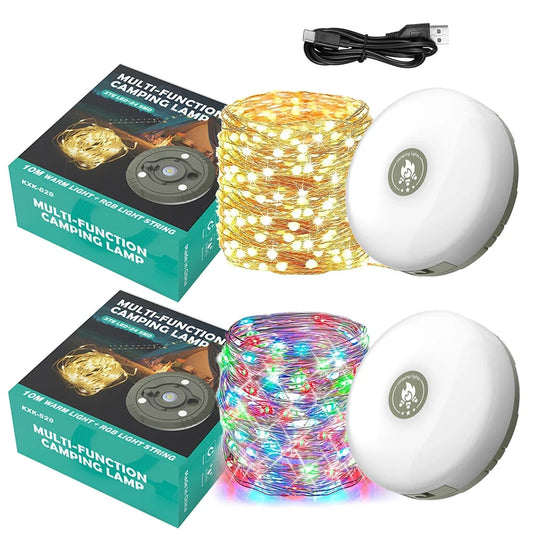

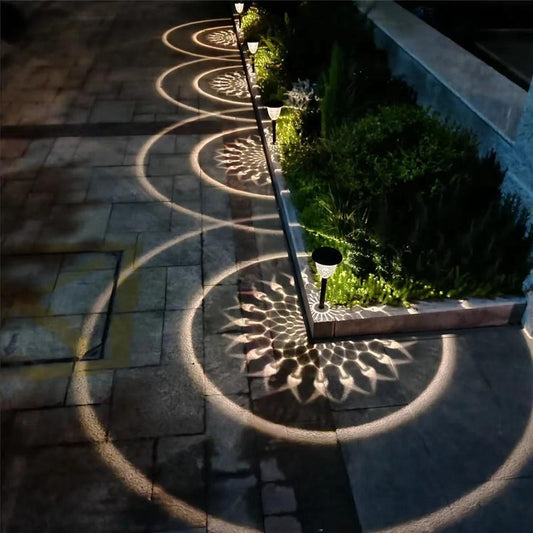

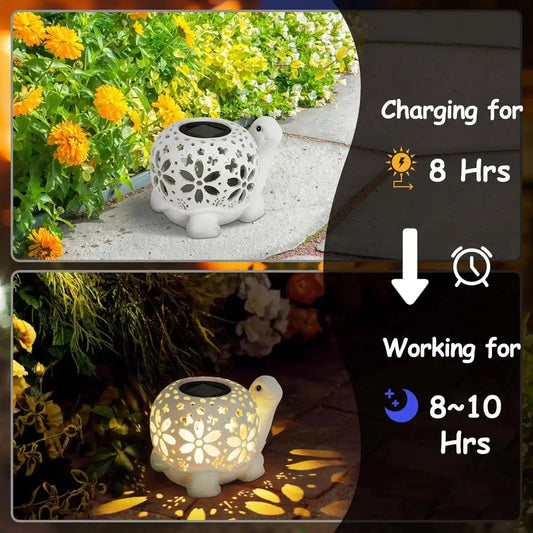

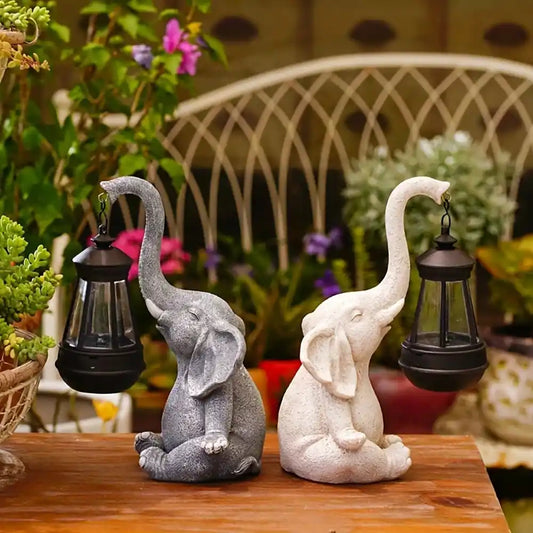

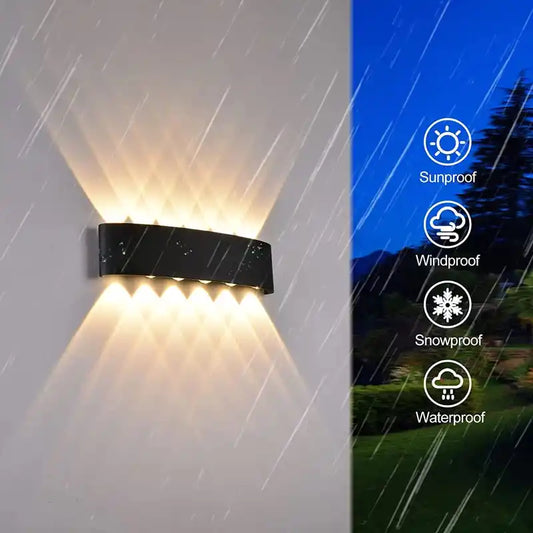

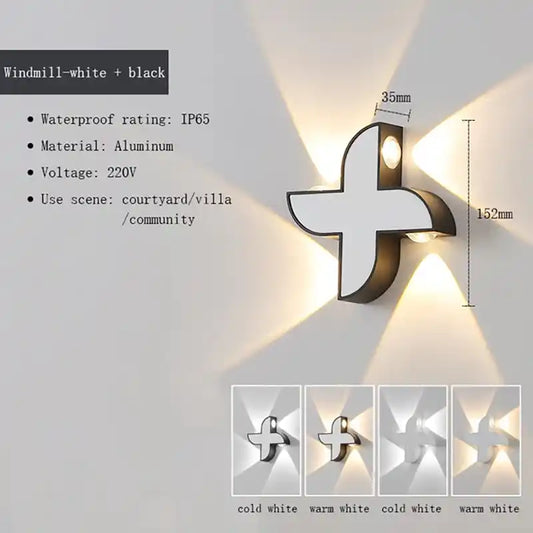

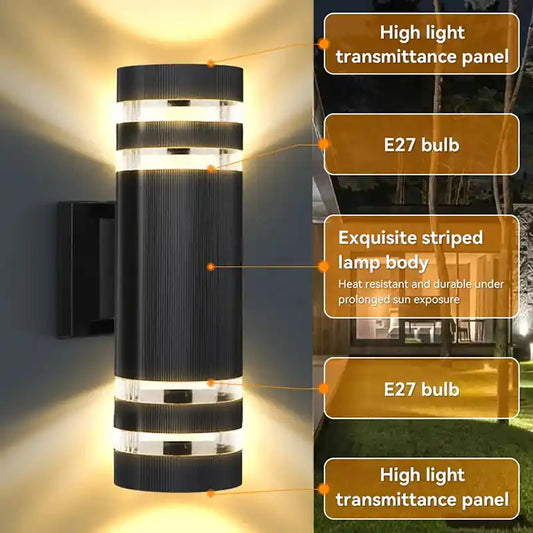

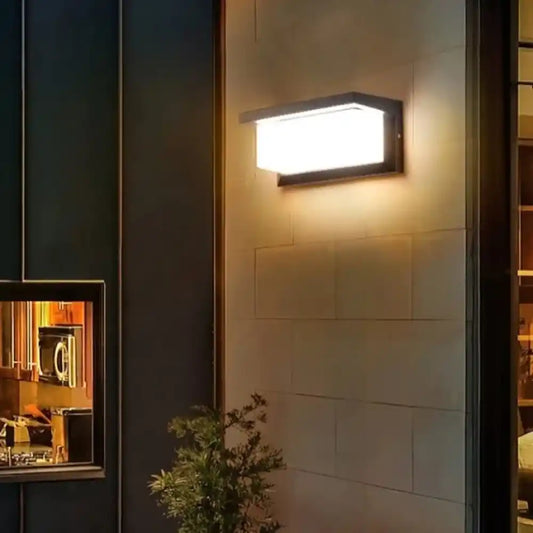



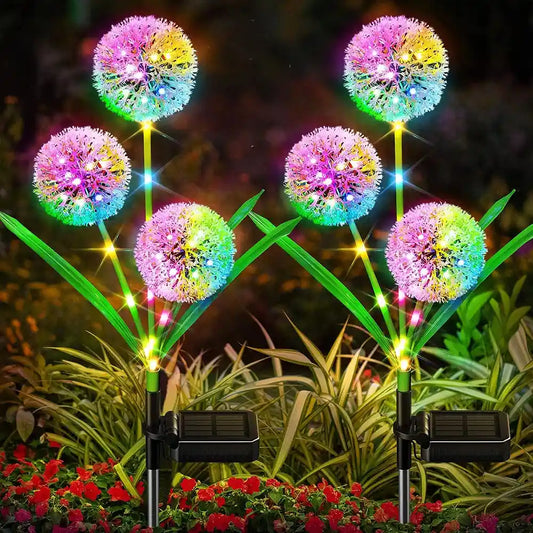



 />
/>
 />
/>
 />
/>
 />
/>
 />
/>
 />
/>